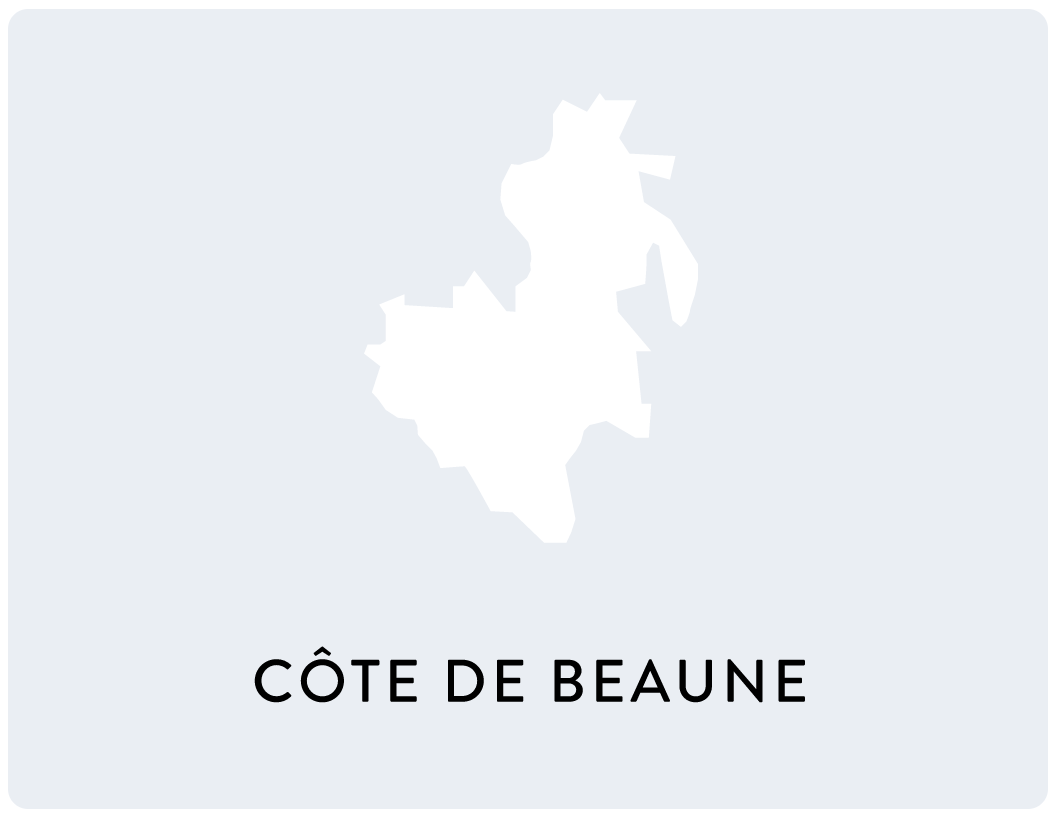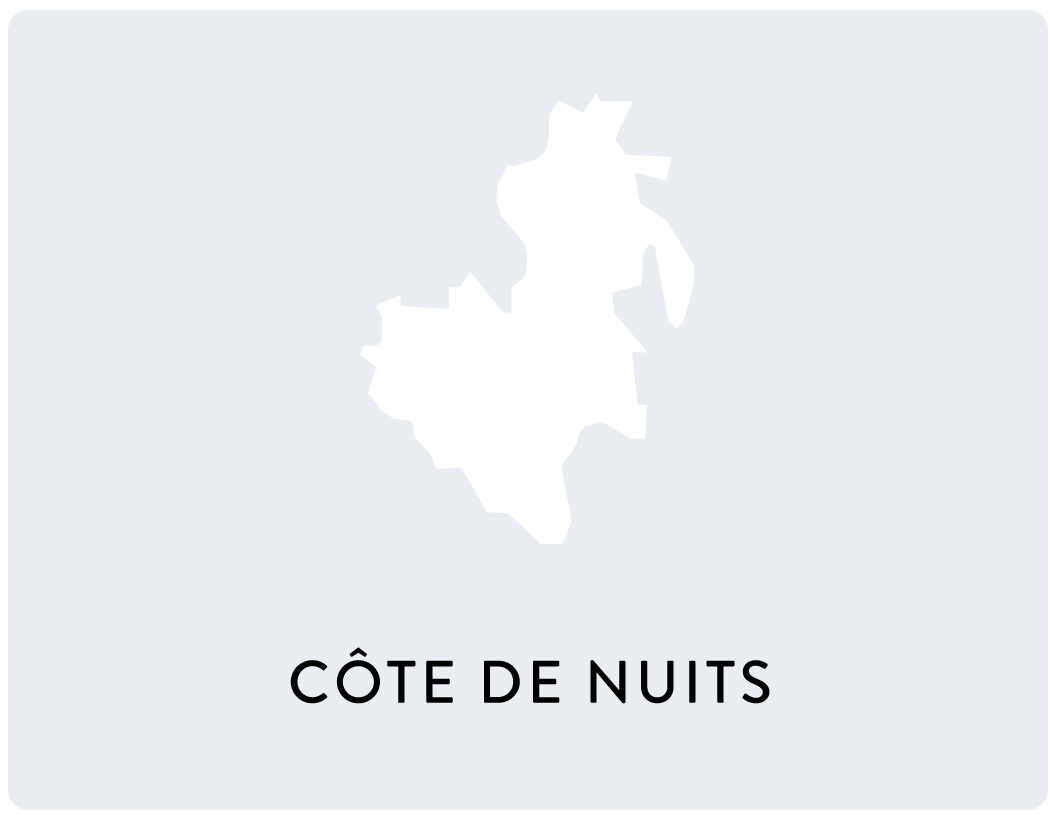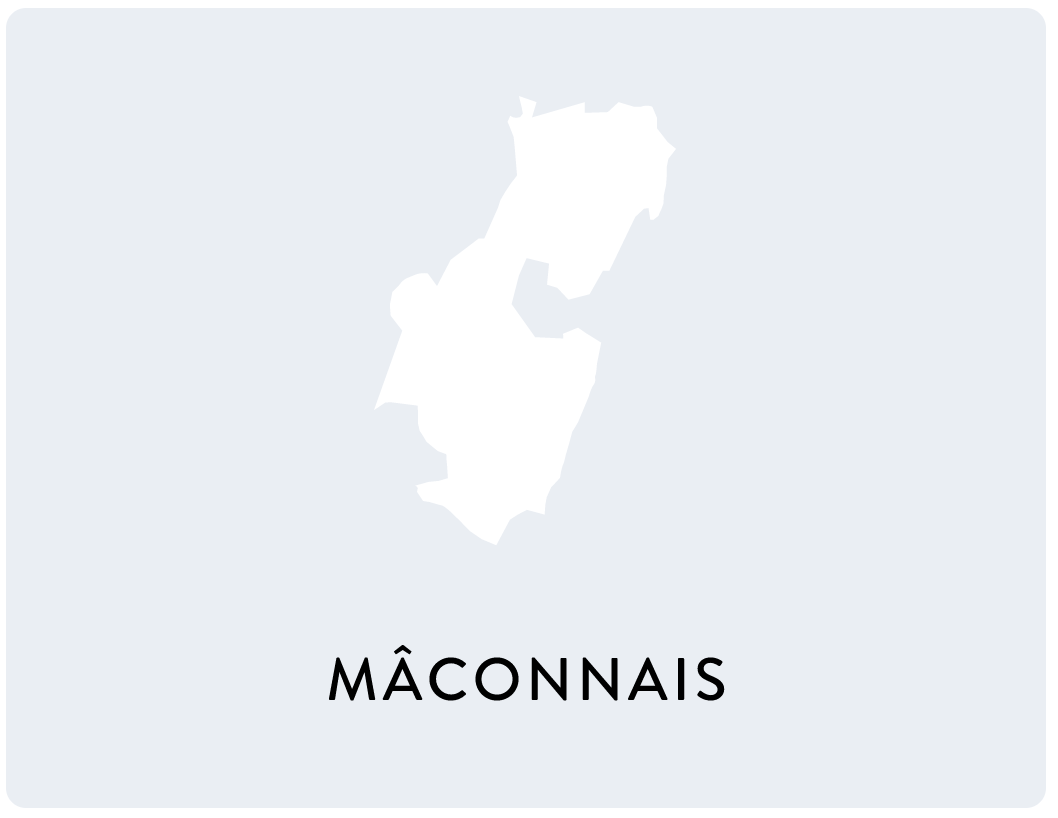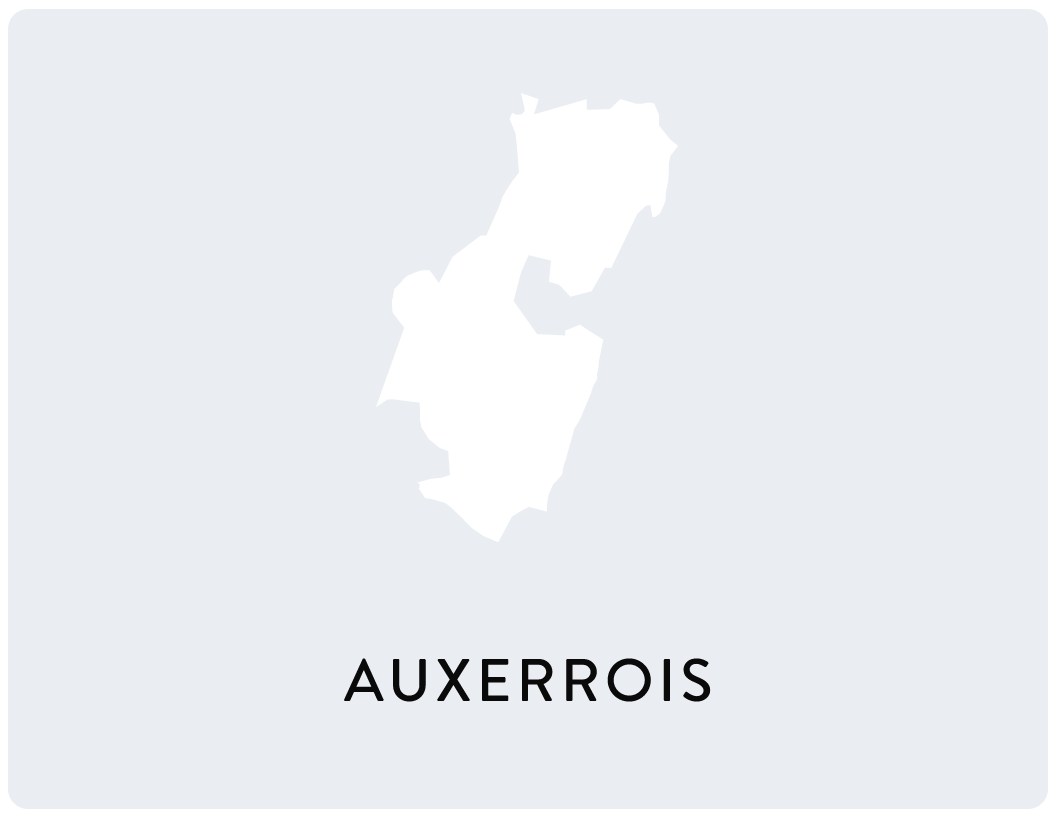The Côte de Beaune
in Burgundy
The Côte de Beaune renowned throughout the world for its great dry white wines, its great vintages of great renown like Montrachet, Bienvenues-Bâtard-Montrachet, ... to taste once in a lifetime!
A FAVORABLE CLIMATE
The vineyards of the Côte de Beaune benefit from a predominantly oceanic climate with a semi-continental influence, frequent rains all year round, cold winters and hot summers.
A UNIQUE GEOLOGY
The remarkable climatic conditions of the Côte de Beaune allow the chardonnay grape variety to flourish and produce white wines with a unique character that are sought after around the world.
2000 YEARS OF HISTORY
From the 14th century, the monks, the Dukes of Burgundy, ... participated in the creation of unmissable sites such as the Hôtel-Dieu of Beaune and the Cîteaux abbey which make it so rich.
The Côte de Beaune
A NICE STORY ...
The Côte de Beaune is made up of vineyards which extend from the commune of Ladoix-Serrigny and which ends at Cheilly the Maranges (geographically dominated by the Hautes-Côtes de Beaune) in the department of Côte d'Or.
The landscapes of the Côte de Beaune are magnificent, there are vines of white grapes, vines of red grapes, gentle slopes, where upscale towns and modest villages alternate.
It is one of the five great vineyards of Burgundy :
- Chablis and the Grand Auxerrois
- the Côte de Nuits, the Hautes Côtes de Nuits and the Châtillonnais
- the Côte de Beaune and the Hautes Côtes de Beaune
- the Côte Chalonnaise and the Couchois
- the Mâconnais
From the 14th century, the Benedictines, the Carthusians, the monks of Cîteaux and Cluny, not to mention the Dukes of Burgundy, put forward the wines and "climates" of the Côte de Beaune and since then they have always had an excellent reputation.
The term "climat" designates the parcels of land in Burgundy. This word takes into account the know-how of the winegrowers, the geological characteristics, the particular exposures where each plot is delimited precisely.
Incredible, the Côte de Beaune shines internationally for its great white wines such as Corton-Charlemagne, Meursault… and the famous Montrachet, one of the greatest white wines in the world !
BEAUNE, THE CURRENT CAPITAL OF WINE BURGUNDY
We can speak of Beaune as the capital of wines, it is an extremely dynamic territory.
First, the great historic houses of merchants like Bouchard, Champy, Drouhin, Jadot, ... are located in Beaune. Then because the wine institutions of the Coast (inter-branch and trade union) are very represented there. Without forgetting of course the Hospices de Beaune, a heritage filled with a prestigious history.
Trading in Burgundy
The advantages of this method are numerous :
- for the winegrower, this allows you not to worry about vinifications which can be risky and uncertain
- as for the wine-breeder, he earns money by maturing his cuvées at the request of his customers
Since the crisis of the 1980s (the oil shock of 1973), the number of businesses has greatly decreased, which is why currently there are only 60 merchant houses located in Burgundy. Nowadays, winegrowers prefer to age and market their wines themselves.
The Côte de Beaune vineyard produces high class white wines, all in elegance and finesse, as well as prestigious red wines.
The different appellations of the Côte de Beaune (from north to south) :
Ladoix-Serrigny
This town offers supple and delicate wines, the soil is predominantly limestone-marl, a little clay in the areas that produce white wines.
Aloxe-Corton
This village produces wines of great power, supple and delicate. A predominantly clay-limestone soil, very stony in places.
Corton
The hill of Corton offers grands crus in both colors, wines of legendary generosity, with a production of around 3,500 hectoliters. Corton is the most important grand cru of Bourgogne and the only red grand cru of the Côte de Beaune, it is subdivided into about twenty climats (Le Clos du Roi, Le Corton, Les Bressandes, Les Perrières, Les Renardes , ...).
It is essentially composed of brown soil composed of black rendzines born from scree and limestones reddened by oolith.
Corton-Charlemagne
Corton-Charlemagne, the highest, covers the mountain of Corton. Supple wines, on the nose notes of sweet spices (cinnamon, ...) and salty spices (cloves, ...) which bloom on a white marl soil.
Pernand-Vergelesses
Supple and delicate wines, of which part of Corton-Charlemagne is located in this town which produces red Corton with a predominantly clay-limestone terroir.
Savigny-Les-Beaune
Lots of finesse, tender wines. A geology of great diversity but predominantly argilo-ferruginous and limestone.
Chorey-Les-Beaune
Excellent wines but no Premier Crus in this appellation, soils varied between limestone with a little iron in the west, sand, stones in the north and finally marl-gravel in the south.
Beaune
Since the 18th century, it is in Beaune that the powerful business bourgeoisie has settled, at the same time the wine of Beaune becomes a generous, full-bodied red wine, to keep with a lot of body.
Excellent wines, very good qualities unfortunately no premier crus for this appellation. A soil composed of limestone mixed with sand or clay in places.
The red wines of the Côte de Beaune are exceptional wines like Pommard, Volnay, Corton and many others ...
Pommard
Known since the Middle Ages for its firm, colorful, powerful red wines that keep well, no white wine is produced in this appellation. Too bad… no grands crus for this appellation but premiers crus of good reputation (Clos Blanc, Clos de la Commaraine, Clos de Verger, Les Rugiens-Bas, Les Saussilles, ...). Limestone and clay soils.
Volnay
This appellation also offers only red wine, with a lot of elegance, lightness and among the most tender of the Côte de Beaune. No grand cru in this appellation but many premier crus (Champans, Clos de Cave des Ducs, Les Caillerets, etc.). A terroir made up of limestone marl and clay-limestone scree.
Small less famous villages also offer beautiful discoveries with excellent value for money such as Monthélie, Auxey-Duresses, Saint-Aubin, Saint-Romain, Santenay, les Maranges. To know without further delay ...
Monthélie
A very pleasant bouquet, hints of fruit, to discover without further delay. Mainly calcareous and clayey soils for certain climates.
Auxey-Duresses
White wines with a nice roundness, with fat and a lemony acidity on the finish. For red wines, fruity, fleshy and peppery notes on the palate. This controlled designation of origin has nine premiers crus (Climat du Val, Clos du Val, Les Bréterins, La Chapelle, Reugne, Les Duresses, Bas des Duresses, Les Grands Champs, Les Écusseaux). A terroir made up of limestone and marl for white wines, limestone and clay for red wines.
Saint-Romain
Well known for its white wines, this appellation offers delicious, lively and mineral wines. Its terroir is favorable, consisting of limestone marls with clay banks.
Meursault
Wines with aromas of dried fruits (hazelnuts, ...), white fruits (ripe bunch of white grapes, ...), on the dry and supple palate. The grape variety used for its white wines (chardonnay) is found in its favorite land, composed of white marl. In the northern part a limestone soil, gravel and clay, suitable for red wines.
Wines produced in the Santenots climate are entitled to AOC Meursault for white wines and Volnay for red wines.
=> Blagny
Exception for this one: only the red wines of this hamlet can claim the AOC Blagny. Depending on their geographical location, the whites benefit from AOC Meursault or Puligny-Montrachet 1er cru.
After Meursault and as far as Chassagne-Montrachet, the barthonian stage and the Comblanchien limestone regain their place. The marls are inserted in the limestone to offer the chardonnay the clayey soils which suit it better than a rocky soil.
Puligny and Chassagne are spread over the hill of Montrachet, dedicated to chardonnay through four grands crus, the most famous of which is Montrachet.
Puligny-Montrachet
The Puligny-Montrachet appellation mainly offers white wines (95.92 hectares of production) and very few red wines (0.36 hectares of production).
Fruity and distinguished white wines, this is the temple of grands crus white :
- Montrachet (considered one of the best white wines in the world)
- Bâtard-Montrachet
- Chevalier-Montrachet
- Bienvenues-Bâtard-Montrachet
The red wines of Puligny-Montrachet have body and finesse.
Soils rich in pebbles and clay-limestone.
Chassagne-Montrachet
This appellation offers opulent white wines and tannic reds.
Three grands crus white classy :
- Montrachet
- Bâtard-Montrachet
- Criots-Bâtard-Montrachet
Wines of very good reputation, possibility of keeping them for several years in the cellar, very good behavior. White wines are produced on brown clay limestone and red wines on marly limestone.
The AOC wines produced in Puligny and Chassagne are sought after all over the world.
Saint-Aubin
Tense, mineral and elegant whites while the red wines are light but very delicate.
For white wines, a soil consisting of white earth with clay. For red wines limestone with pebbles.
Very good quality wines even if many do not know because it suffers from the reputation of its close neighbors.
Santenay
Mainly red wine for this appellation, the red Santenay is appreciated for its fleshy side, its delicate tannins, very pleasant to drink when young. The white Santenay reveals an expressive and pleasant bouquet, aromas of dried fruits (hazelnuts, ...) and vegetables (fern, ...). The vines are planted on a hard limestone with marls.
Maranges
This controlled designation of origin has replaced the following AOCs since 1989 :
- Cheilly-les-Maranges
- Dezize-les-Maranges
- Sampigny-les-Maranges
The communal appellation of the Côte de Beaune there more southerly on a clay-limestone liasic terrain.
Côte de Beaune-Villages
Produced only red wine, each winegrower can choose either the communal AOC or the Côte de Beaune-Villages AOC. The nature of the soil is varied due to the great extent of the appellation, mainly clay-limestone.
Côte de Beaune
It is a small-scale AOC, it does not apply to the whole of the Côte de Beaune.
Bourgogne Hautes-Côtes de Beaune
The Hautes-Côtes de Beaune vineyard produces excellent Burgundy wines of regional appellations which may also benefit from the Bourgogne Hautes-Côtes de Beaune appellation.
The grands crus are concentrated on two hills : that of Corton dedicated to reds and that of Montrachet dedicated to whites.
Finally, few grands crus in the Côte de Beaune since at the time the merchant-breeders preferred to promote only the name of the village and especially their own brand.
The grape varieties
The chardonnay used for all the white wines of the Côte de Beaune, thrives on fairly clayey marly soils. This grape variety offers wines with aromas of dried fruits (hazelnut, ...), confectionery (honey, ...), empyreumatic (toast, ...), it is an explosion of flavors of incredible richness . Dry, fatty wines, well balanced between acidity and mellowness and of remarkable persistence. Very long cellaring capacities, from 10 to 20 years and much more for the biggest names.
The prestigious white Burgundy are tasted with fine fish, shellfish in sauce, white meats, why not foie gras and for lovers of powerful cheeses such as époisses, blue, ... it will go very well.
- Pinot Noir is particularly popular in the Côte de Beaune on limestone, well-drained hillsides and in temperate climates, hence its great reputation. This black grape gives birth to wines with very different characters depending on the terroirs. It reveals a very expressive nose with an incredible bouquet, notes of red fruits (cherry, strawberry, raspberry, ...), black fruits (blackcurrant, blackberry, ...), flowers (peony, violet, ...) ), undergrowth (mushroom, ...), dry (hay, ...), empyreumatic (hay, ...), jammy (wild strawberry, kirsch, ...). In the mouth, a great power, firm wines and tannins of a beautiful finesse.
- Pinot beurot is a very rare white grape variety in Burgundy (2% of the Côte de Beaune vineyard), it can be used during the production of red wines, which will give it fat.
When serving, it is advisable to serve white wines between 12 to 14 ° C and red wines between 15 to 16 ° C for older ones, and for young red wines to serve them cooler.
***
Who has never heard of the famous Hospices de Beaune wine sale?
The creation of the Hospices, also called the Hôtel-Dieu, was created in 1443 by Nicolas Rollin (chancellor of the Duke of Bourgogne) and his wife Guigogne of Salins. For five centuries it was a hospital establishment that allowed the care of many patients (surgery, maternity, medicine, pediatrics, intensive care, emergencies, ...). Nowadays, due to the influx of visitors, patients are hospitalized in another building. It has become a historic monument as well as a prestigious wine estate made up of a set of vineyards from the best appellations of Burgundy (an area of 61 hectares), built up over the centuries thanks to bequests and donations.
=> Their production is marketed each year during the big auction.
This sale can be considered the biggest charity sale in the world, in 2000 the amount of the sale amounted to 3,771,193 euros. In addition, it plays an important role for tourism in Beaune and its region.
It all began in 1859 ... Joseph Pétasse (the treasurer of the Hospices) organized the Three Glorious Days, this event lasts three days :
on Saturdays the tasting of the wines of the year takes place, the dozens of barrels of production from the Hospices vines are tasted by hundreds of brokers and merchants, which allows them to give their opinion to buyers. And in the evening the chapter of the Knights of Tastevin is held at Clos de Vougeot.
The big day has arrived, the halls of Beaune are filled with people, many Burgundian merchants have come to buy even though three-quarters of the orders have been placed at the harvest.
on Sunday afternoon, the auction starts, the public looks through the window and observes the minimalist ballet of the principals raising their brochures with their fingertips. Formerly, this sale took place "by candle"; now it's a hammer blow that resonates !
on Monday, the ceremonies end with the paulee de Meursault (the end of harvest meal).
Want to discover the atmosphere of the famous wine sale ? If so, meet on the third Sunday in November in front of the Hospices de Beaune !
Each year, the sale of wines from its famous hospices attracts buyers from all over the world, it is the important moment for the Burgundy wine economy.
THE 20 COMMUNAL APPELLATIONS THE CÔTE DE BEAUNE
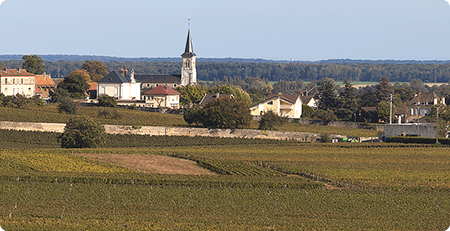
Ladoix
Ladoix offers colorful, powerful red wines and white wines with a bouquet.
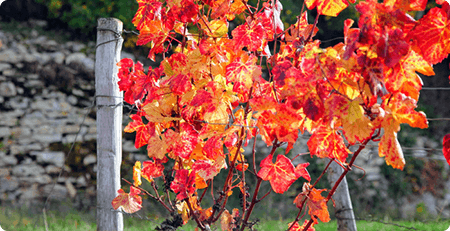
Aloxe-Corton
It is the kingdom of pinot noir (red grape), robust and generous wines.
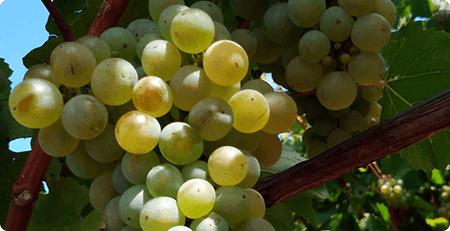
Pernand-Vergelesses
This appellation gives fleshy red wines and graceful whites.

Savigny-les-Beaune
Mostly fruity and structured red wines. White wines are rare.

Chorey-les-Beaune
The only appellation of la Côte de Beaune which extends over land in the plain.

Beaune
These well-drained terroirs allow the wine to be tender with notes of ripe fruit.
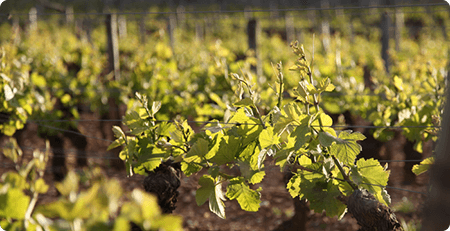
Pommard
This appellation is the king of reds, offering firm and robust wines.

Volnay
Red wines only, very delicate, classy and fragrant.
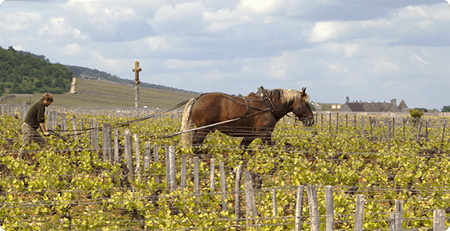
Monthélie
Monthélie is 90% red, pleasant, fruity wines with good aging potential.

Auxey-Duresses
The vineyard presents round and fatty white wines, fruity and peppery red wines.

Saint-Romain
The communal appellation offers mineral white wines and spicy red wines.

Meursault
Meursault is the largest village on la Côte de Beaune, with fresh and refined wines.

Blagny
A complete red wine of great elegance and a nice roundness in the mouth.

Puligny-Montrachet
The vines produce sunny, ripe and lively white wines. Red wines are extremely rare.

Chassagne-Montrachet
Appreciated since the Middle Ages, mineral whites and excellent reds.

Saint-Aubin
It is the specialist in tense, floral, creamy whites and light reds.

Santenay
Firm, robust red wines and tasty white wines of consistent quality.

Maranges
This vineyard is dedicated almost exclusively to reds.

Côte-de-Beaune-Villages
Only red, in the north supple wines and in the south firmer wines.

Côte-de-Beaune
This appellation offers both colors, whites and reds.
All wine regions
